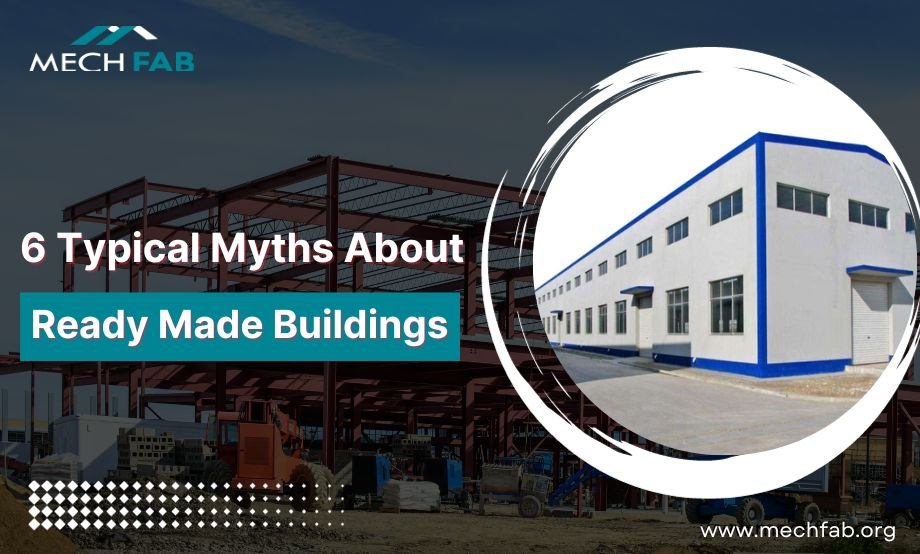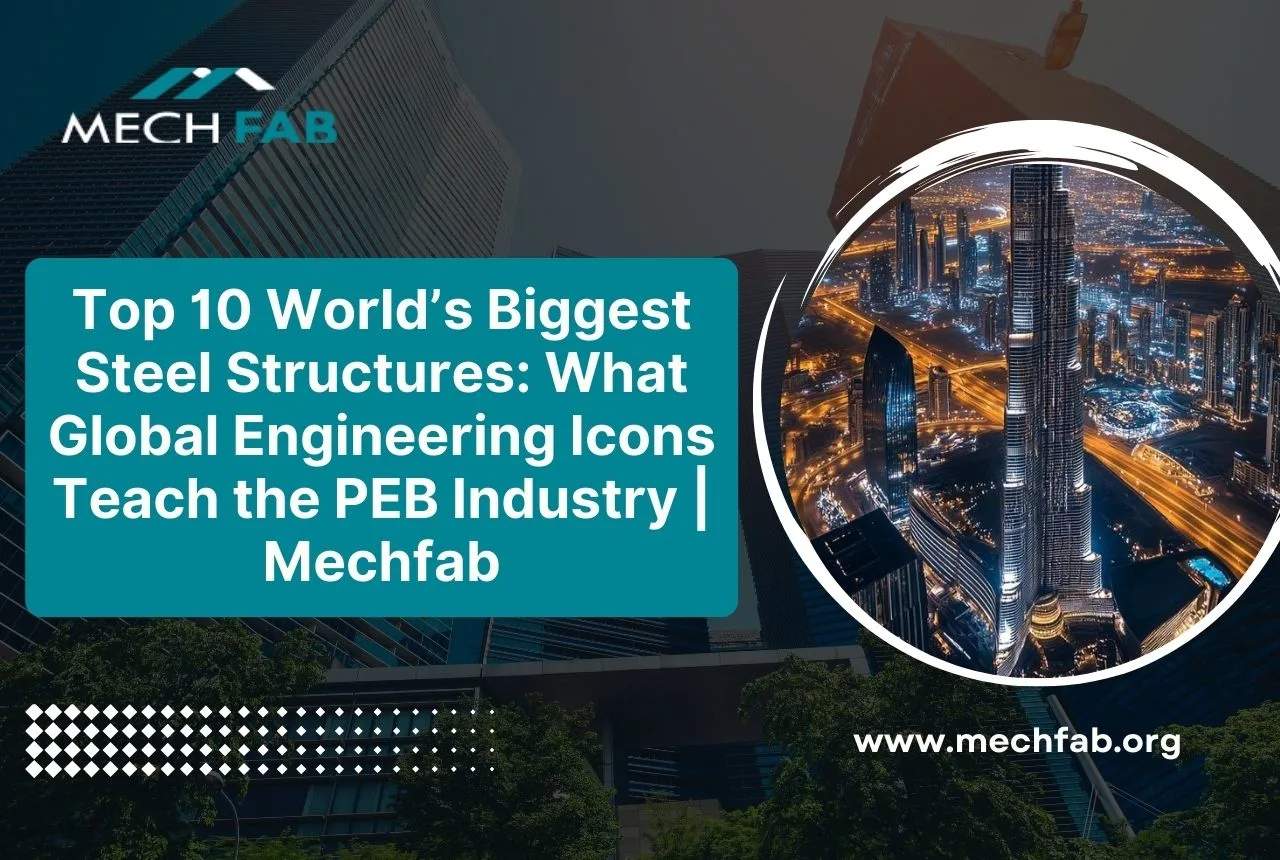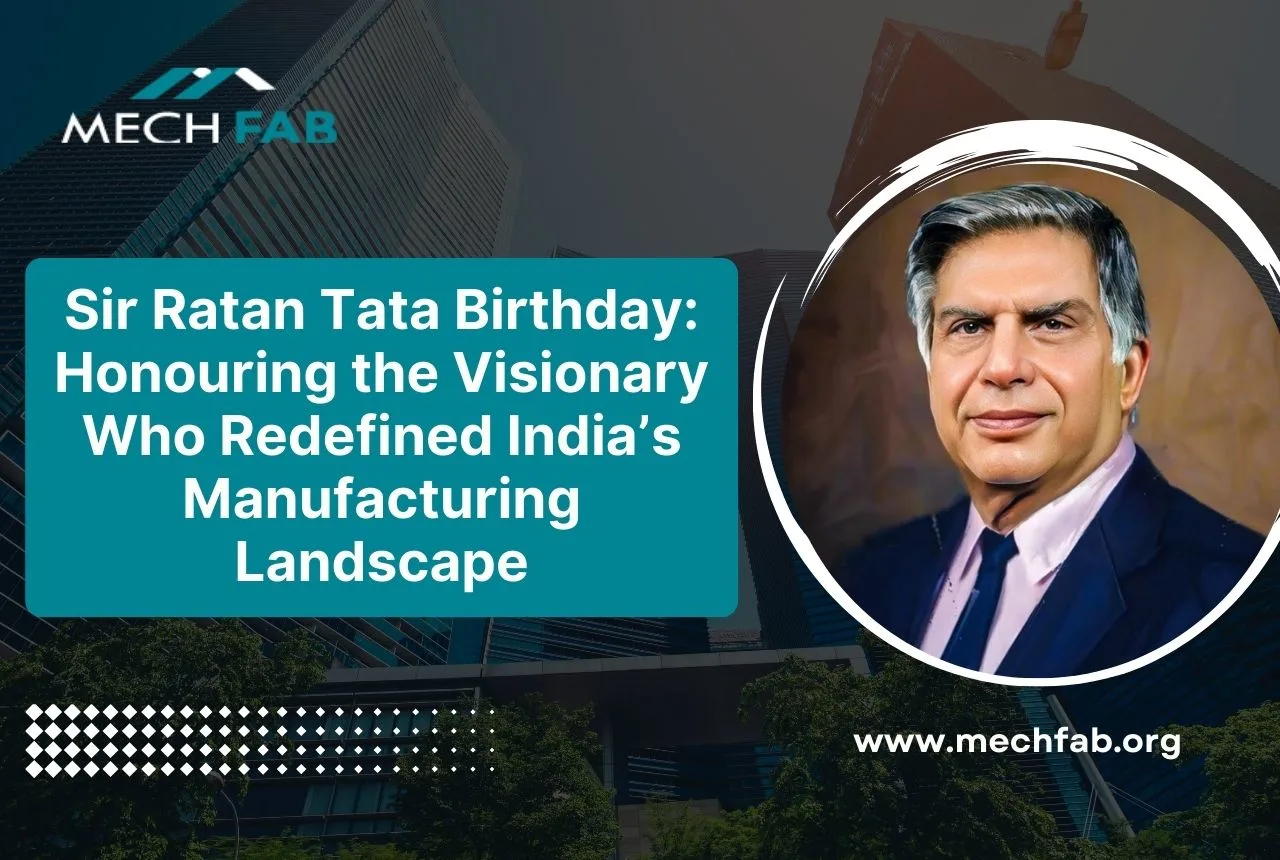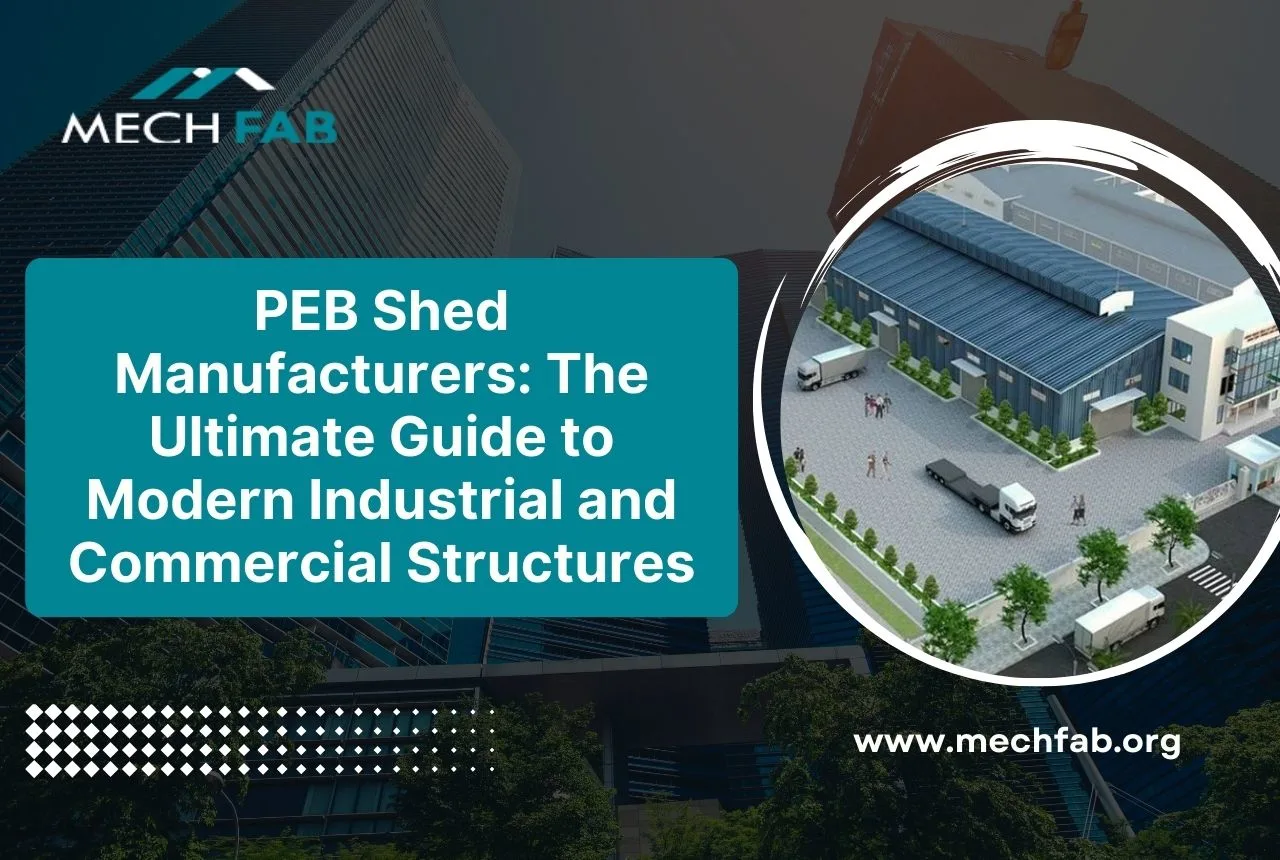We must have all heard about ready-made buildings. For decades, prefabrication technology has been around, but there have also been many misunderstandings about it. Our time is all about technology, innovation, and fast progress, and more buildings are now made using prefabricated materials worldwide.
This is because they are flexible, quick to build, and cost-effective. But because this technology is still relatively new, there are many mistaken beliefs about it. People who are not open to new ideas make untrue and baseless claims through myths, clichés, and misconceptions about this technology. These false beliefs usually stem from outdated information, a lack of knowledge, or misinformation without any proof. Despite having evidence proving them wrong, these ideas still gain wide acceptance.
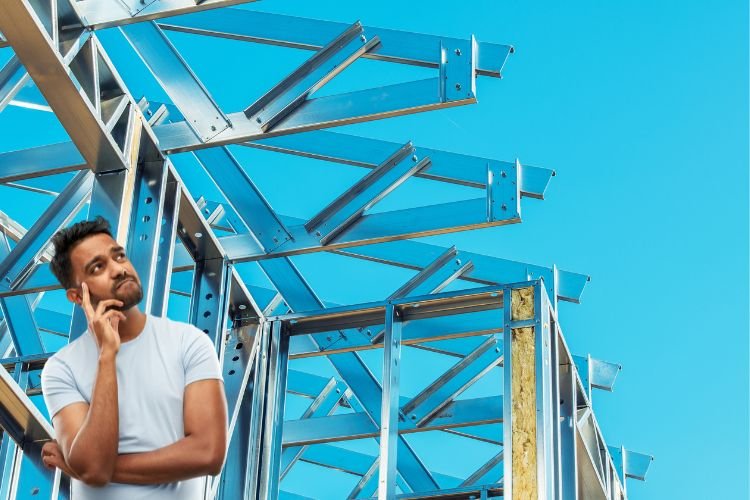
1. You can’t build ready made buildings from scratch by yourself
Constructing your own modular building from scratch with professional assistance is possible, contrary to beliefs suggesting otherwise. While utilizing prefabricated parts may expedite the process, building from scratch ensures you acquire precisely what you desire without compromising quality or size.
2. Prefabricated buildings are only good for offices
Constructing your own modular building from scratch with professional assistance is possible, contrary to beliefs suggesting otherwise. While utilizing prefabricated parts may expedite the process, building from scratch ensures you acquire precisely what you desire without compromising quality or size.
3. Prefabricated buildings are not good for the environment
Prefabricated buildings often face numerous myths, but these are far from reality! Instead, pre-engineered buildings offer significant environmental benefits. Construction mostly occurs in controlled environments, resulting in minimal waste at the site. Moreover, this construction method allows for easy dismantling and reuse, facilitating convenient relocation. Additionally, constructing in a factory rather than on-site reduces energy usage, thereby lowering carbon emissions.
4. Prefabricated buildings are not aesthetically pleasing
Pre-engineered buildings are occasionally described as having a “different” appearance compared to traditional structures. However, this difference is actually positive. Premium prefabricated structures exhibit nearly identical structural, functional, and aesthetic attributes as on-site-built constructions. These modular designs offer customizable interiors and exteriors, ensuring they match the client’s desires and perform exceptionally, even surpassing traditional buildings. Ranging from timber cladding to pitched roofs and customizable colors, these buildings are becoming increasingly aesthetically appealing to meet market demands.
5. Readymade Buildings are prone to rust
Although both metal and steel are prone to rust and corrosion, this concern is valid due to their exposure to elements that cause oxidation. Yet, manufacturers take proactive steps by galvanizing PEB buildings before installation and applying a protective hot-dip metallic coating of zinc-aluminum-magnesium alloy. Galvanization significantly prolongs the building’s lifespan and demands minimal maintenance. Moreover, this coating eradicates the potential for corrosion or rust, contingent on the proper sealing of edges during installation or avoiding damage to the coating.
6. Ready made buildings are unsafe
prefab steel buildings, sometimes perceived as less sturdy due to their appearance, are occasionally misjudged as being unsafe. However, it’s essential to note that all modular construction adheres to the same rigorous safety standards as any other building nationwide.
In contrast, these ready made houses (buildings) are entirely safe. It’s important not to equate their external appearance or temporary-looking structure with inferior safety simply because they lack a brick exterior.
Wind Up
Regarding the environment, they generate minimal construction waste and allow easy disassembly for reuse. Additionally, constructing them in a factory reduces energy consumption, aiding in curbing carbon emissions. Some assume prefabricated buildings lack aesthetic appeal, but this isn’t accurate. They can mirror traditional designs, offering diverse looks and colors.
Understanding the reality of ready made buildings reveals their potential and advantages in contemporary construction.
Also Read: Are you Avoiding These Common PEB Building Maintenance Mistakes?

